Veuve Clicquot Brut Yellow Label Champagne (375mL)
$40.00
PROOF24 (12% ABV)
About Veuve Clicquot Brut Yellow Label Champagne (375mL)
Born in Reims in 1777, Madame Clicquot was the daughter of a baron, meaning that she was excellently educated. In 1798, she married François Clicquot, the son of Philippe Clicquot, the founder of Maison Clicquot. By that time, the business had been in operation since 1772, built on a foundation of family vineyards. In 1805, François passed away. Soon after, his widow decided to take over the business, becoming one of the first businesswomen of modern times.
5 years later, she released the first vintage Champagne in the region, a sign of her prowess and things to come. Under her leadership, the house thrived, perfecting new and innovative techniques, such as the usage of a riddling table for clarifying Champagne. The very first rosé d’assemblage Champagne was created by blending Bouzy red wines with the Champagne. Even at the time, her contributions were recognized and she became known as the Grande Dame of Champagne. Through the years, the house built on her principles, implementing new techniques and improving the production process and the wines. In 1986, the company was acquired by Louis Vuitton.
The yellow label, an unusual color for the time, was first trademarked in 1877. Today, the Brut Yellow Label is the embodiment of the quality and style of the house. Crafted with grapes from 50 to 60 crus, this Champagne features Pinot Noir (50 to 55%) for the structure and Chardonnay (28 – 33%) for the elegance and finesse, as well as Meunier (15 to 20%) to round out the blend. 30 to 45% of the blend are reserve wines. The Champagne is aged at least 3 years in the house’s crayères.
Get your bottle of this Champagne today!
About Champagne
Champagne has been associated with royalties since the 17th century, still maintaining its glorious reputation.
The French take Champagne seriously, so coming from the Champagne region of France isn’t the only requirement that keeps this drink from being “just sparkling wine.” The rules of the appellation require specific vineyard practices, particular types of grapes, specific pressing methods, and secondary fermentation of wine.
Be the first to review “Veuve Clicquot Brut Yellow Label Champagne (375mL)” Cancel reply
Related products
Champagne
Champagne
Champagne
Champagne
Champagne
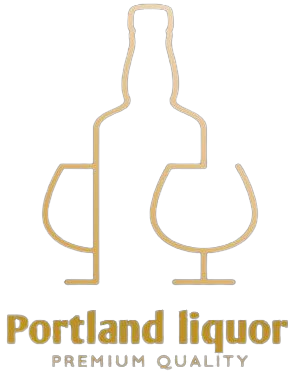



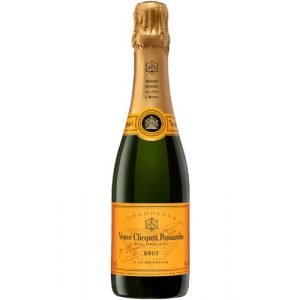
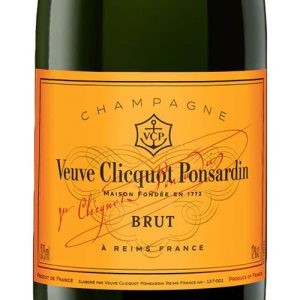

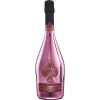
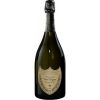
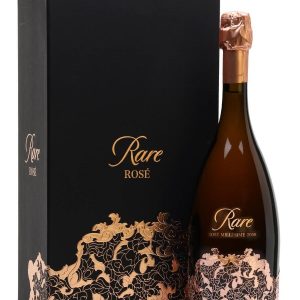

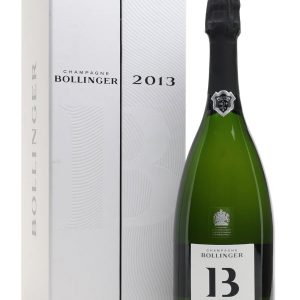
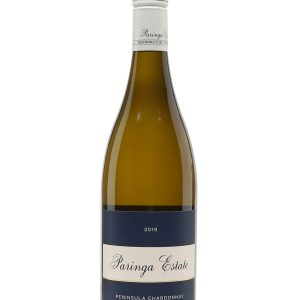
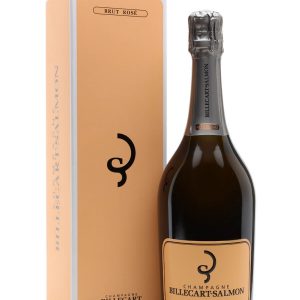
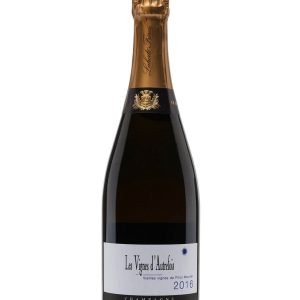
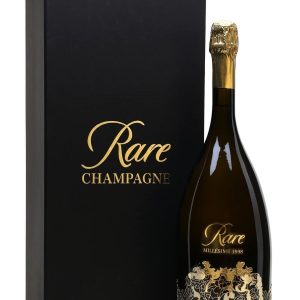
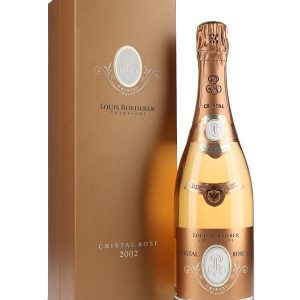
Reviews
There are no reviews yet.